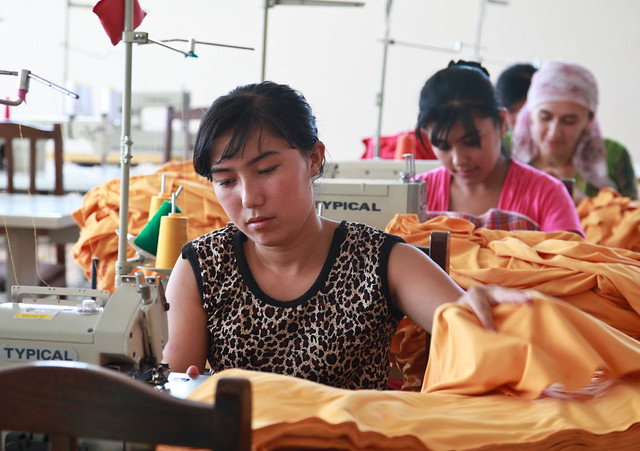10 Facts About Poverty in Uzbekistan

Uzbekistan, formally known as the Republic of Uzbekistan, is a landlocked country in Central Asia. It is widely recognized for its beautiful mosques, stunning historical architecture and vibrant cultural heritage. The country has a rich history as a key stop along the ancient Silk Road, which has left a lasting legacy in its cities, such as Samarkand, Bukhara and Khiva.
Poverty in Uzbekistan is dropping. Though rarely making headlines, the country has seen sustained economic growth in the past several years. This progress is attributed to various reforms and investments aimed at modernizing the economy and improving living standards. If trends continue, Uzbekistan is expected to become a successful, developed country free from extreme poverty in the near future. Below are 10 facts about poverty in Uzbekistan and the progress made to alleviate it.
- In 2023, 11% of the population of approximately 36.5 million lived below the national poverty line, a drop from 14.1% in 2013.
- While Uzbekistan has experienced increased urbanization in recent years, 75% of those living in extreme poverty in Uzbekistan still live in rural areas. The International Fund for Agricultural Development (IFAD) has been working to reduce poverty in rural Uzbekistan. Its four projects in the country aim to increase rural prosperity sustainably and have impacted more than 98,000 households.
- Child health remains a hurdle to overcome, with 13 out of every 1,000 babies dying before their fifth birthday. In comparison, only six babies die in the first year of life on average in the United States (U.S.).
- Poverty in Uzbekistan is contradicted by the overall economic growth of about 5.9% in the last decade.
- In 2011, the World Bank reclassified Uzbekistan from a low-income country to a lower-middle-income country, which indicates that the country is making sustained progress toward development.
- Between 2001 and 2013, real wages doubled as job prospects improved.
- Literacy rate, often a prerequisite for growth and poverty reduction, has risen to 100% as of 2022.
- Foreign trade has quadrupled in the past 15 years, helping to improve household incomes across the country.
- Currently, Uzbekistan is the World Bank’s third-largest client in Europe and Central Asia. The World Bank has 27 projects in the country, all of which aim to improve Uzbekistan’s agricultural sector, energy, transport, health, education, water supply and sanitation. The projects also aim to improve both urban and rural infrastructure.
- To further reduce poverty and improve living conditions, Uzbekistan has set a goal of becoming an industrialized, upper-middle-income country by 2030. It aims to achieve this goal by modernizing its agricultural sector, reducing its ownership of state-owned assets and enterprises and addressing restraints in the financial markets.
With steady growth and economic improvements, Uzbekistan has positioned itself to become a successful, developed nation in the near future. As these improvements continue, poverty in Uzbekistan is anticipated to decline and living standards will significantly improve across the country.
– Sara Christensen
Photo: Flickr
Updated: June 06, 2024
